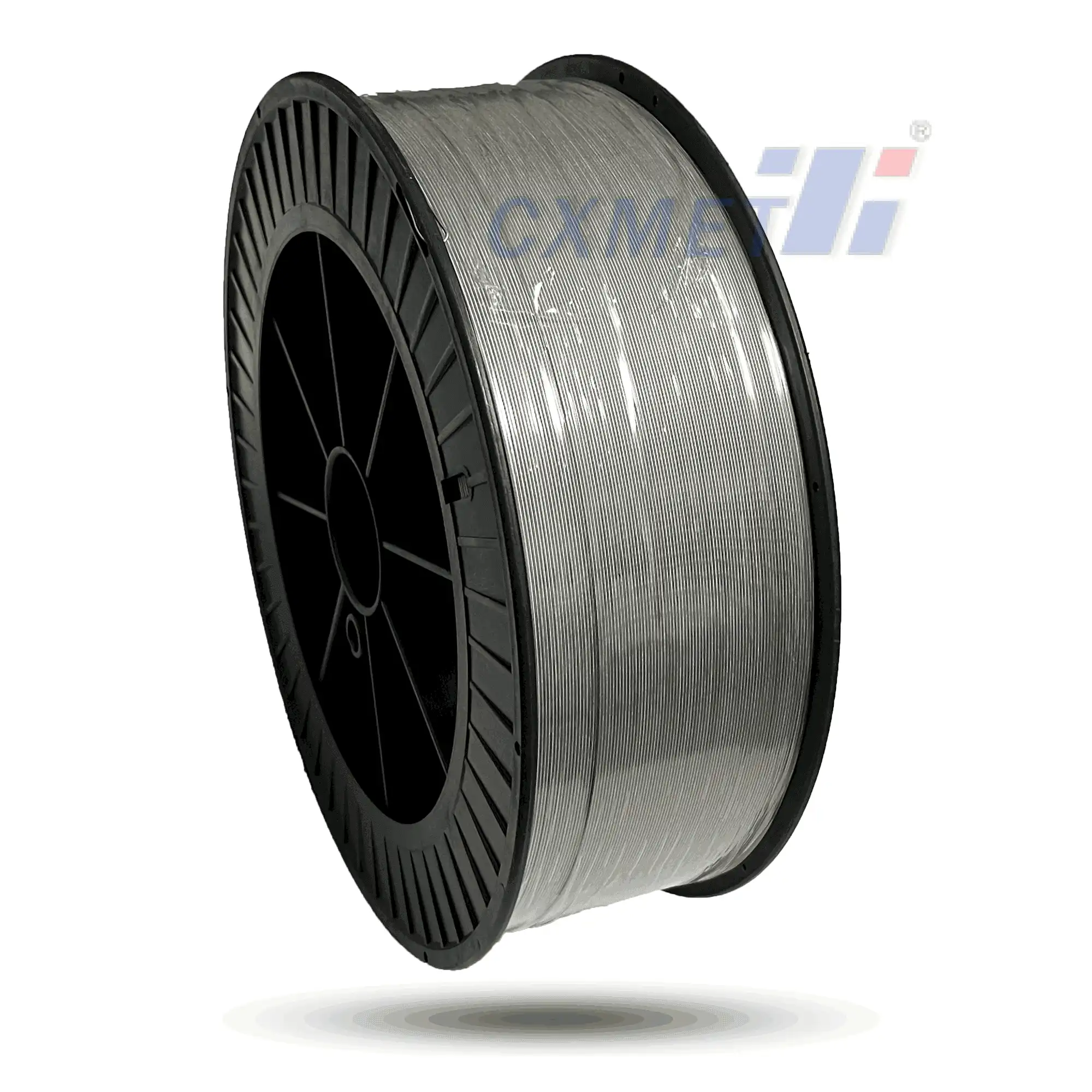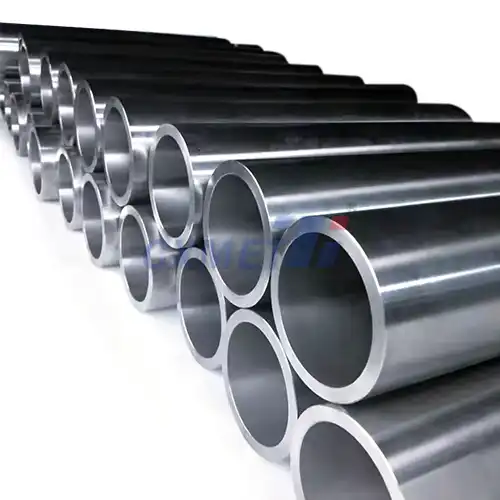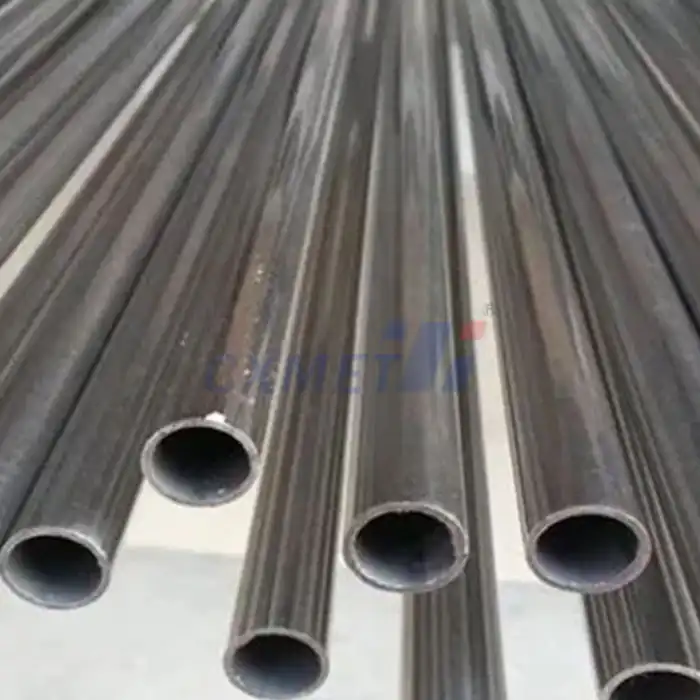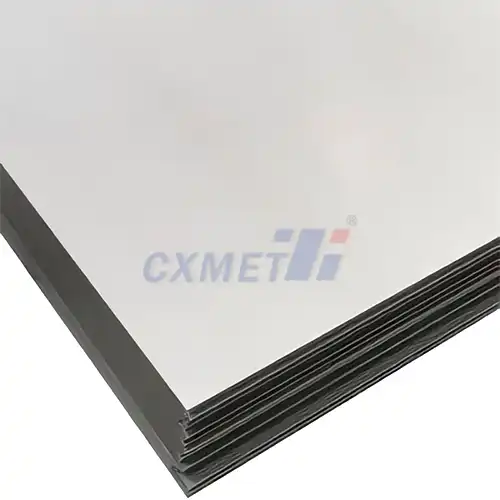- English
- French
- German
- Portuguese
- Spanish
- Russian
- Japanese
- Korean
- Arabic
- Greek
- German
- Turkish
- Italian
- Danish
- Romanian
- Indonesian
- Czech
- Afrikaans
- Swedish
- Polish
- Basque
- Catalan
- Esperanto
- Hindi
- Lao
- Albanian
- Amharic
- Armenian
- Azerbaijani
- Belarusian
- Bengali
- Bosnian
- Bulgarian
- Cebuano
- Chichewa
- Corsican
- Croatian
- Dutch
- Estonian
- Filipino
- Finnish
- Frisian
- Galician
- Georgian
- Gujarati
- Haitian
- Hausa
- Hawaiian
- Hebrew
- Hmong
- Hungarian
- Icelandic
- Igbo
- Javanese
- Kannada
- Kazakh
- Khmer
- Kurdish
- Kyrgyz
- Latin
- Latvian
- Lithuanian
- Luxembou..
- Macedonian
- Malagasy
- Malay
- Malayalam
- Maltese
- Maori
- Marathi
- Mongolian
- Burmese
- Nepali
- Norwegian
- Pashto
- Persian
- Punjabi
- Serbian
- Sesotho
- Sinhala
- Slovak
- Slovenian
- Somali
- Samoan
- Scots Gaelic
- Shona
- Sindhi
- Sundanese
- Swahili
- Tajik
- Tamil
- Telugu
- Thai
- Ukrainian
- Urdu
- Uzbek
- Vietnamese
- Welsh
- Xhosa
- Yiddish
- Yoruba
- Zulu
How Should Tantalum foil be Stored and Handled?
2025-07-18 15:54:30
Tantalum foil is a valuable material used in various industries, including electronics, aerospace, and medical applications. Due to its unique properties and high cost, proper storage and handling of tantalum foil are crucial to maintain its quality and ensure safe usage. This blog post will explore the best practices for storing and handling tantalum foil, addressing key concerns and providing essential guidelines for professionals working with this material.
|
|
|
What are the ideal storage conditions for tantalum foil?
Proper storage of tantalum foil is essential to maintain its quality and prevent degradation. The ideal storage conditions for it involve several key factors:
1. Temperature control: lt should be stored in a cool, dry environment with a consistent temperature. Fluctuations in temperature can lead to expansion and contraction of the material, potentially causing deformation or stress. Ideally, the storage area should be maintained at room temperature, typically between 20°C to 25°C (68°F to 77°F).
2. Humidity control: Excessive moisture can lead to oxidation and corrosion of it. To prevent this, the storage area should have low humidity levels, preferably below 40% relative humidity. If necessary, use dehumidifiers or desiccants to maintain a dry environment.
3. Protection from contaminants: Tantalum foil should be protected from dust, dirt, and other airborne particles that could contaminate its surface. Store the foil in clean, sealed containers or wrap it in protective materials such as acid-free tissue paper or plastic sheeting.
4. Avoid direct sunlight: UV radiation from sunlight can potentially affect the surface properties of it. Store the material in a dark area or use opaque containers to shield it from light exposure.
5. Proper packaging: When storing tantalum foil, use appropriate packaging materials that won't react with the metal. Avoid using materials that contain sulfur or chlorine, as these elements can cause corrosion. Instead, opt for inert materials like polyethylene or polypropylene bags.
6. Organized storage: Keep different grades or thicknesses of tantalum foil separate to prevent mix-ups. Clearly label containers with relevant information such as material grade, thickness, and date of storage.
7. Inventory management: Implement a first-in-first-out (FIFO) system to ensure older stock is used before newer materials. This helps prevent prolonged storage and potential degradation of the foil.
8. Security measures: Due to the high value of it, consider implementing security measures to prevent theft or unauthorized access to the storage area.
By adhering to these storage guidelines, you can help maintain the quality and integrity of tantalum foil, ensuring its optimal performance when put to use in various applications.
What precautions should be taken when handling tantalum foil?
Handling tantalum foil requires careful attention to safety and material preservation. Here are essential precautions to take when working with this valuable material:
1. Personal protective equipment (PPE): Always wear appropriate PPE when handling it. This includes:
- Clean, lint-free gloves to prevent contamination and protect the foil from skin oils and moisture
- Safety glasses or goggles to protect eyes from potential sharp edges or particles
- Dust mask or respirator if working with fine tantalum particles or dust
2. Clean work environment: Ensure the work area is clean and free from dust, debris, and potential contaminants. Use a clean, smooth surface for handling and processing tantalum foil.
3. Proper tools: Use only clean, non-reactive tools when working with tantalum foil. Avoid tools that may scratch or damage the foil's surface. Ceramic or plastic tools are often suitable for handling tantalum without risking contamination.
4. Gentle handling: Tantalum foil can be delicate, especially in very thin gauges. Handle the material with care to avoid bending, creasing, or tearing. When moving or transporting tantalum foil, support it adequately to prevent deformation.
5. Avoid contamination: Keep the work area free from other metals, particularly those that could cause galvanic corrosion when in contact with tantalum. Be mindful of cross-contamination between different grades or batches of tantalum foil.
6. Temperature considerations: When processing tantalum foil, be aware of its thermal properties. Tantalum has a high melting point but can oxidize at elevated temperatures. If heat treatment is necessary, ensure proper temperature control and use an inert atmosphere when required.
7. Chemical resistance: While tantalum is known for its excellent chemical resistance, it can be affected by certain substances. Avoid exposure to hydrofluoric acid, fluorine, sulfuric acid, and strong alkalis. If chemical processing is necessary, consult material compatibility charts and safety data sheets.
8. Static electricity: Tantalum foil can accumulate static charges, potentially leading to sparks or attracting contaminants. Use appropriate grounding techniques and anti-static measures when necessary, especially in cleanroom environments.
9. Cutting and shaping: When cutting or shaping tantalum foil, use appropriate techniques to minimize stress on the material. Sharp, clean cutting tools are essential to prevent deformation or tearing. Consider specialized cutting methods like laser cutting for precision work.
10. Waste management: Properly dispose of it scraps and waste according to local regulations and company policies. Tantalum is a valuable material, so consider recycling options when possible.
By following these precautions, you can ensure safe handling of tantalum foil while maintaining its quality and integrity for various applications.
How can the quality of tantalum foil be verified before use?
Verifying the quality of tantalum foil before use is crucial to ensure its performance and suitability for specific applications. Here are several methods and considerations for quality verification:
1. Visual inspection: Conduct a thorough visual examination of the tantalum foil under good lighting conditions. Look for:
- Surface defects such as scratches, pits, or discoloration
- Uniformity in color and texture
- Signs of oxidation or contamination
- Flatness and absence of wrinkles or creases
2. Dimensional verification: Use precision measuring tools to check the foil's thickness, width, and length. Ensure these measurements fall within the specified tolerances for your application. Common tools include:
- Micrometers for thickness measurements
- Calipers for width and length measurements
- Optical comparators for high-precision dimensional checks
3. Chemical composition analysis: Verify the purity and composition of the tantalum foil using analytical techniques such as:
- X-ray fluorescence (XRF) spectroscopy for elemental analysis
- Inductively coupled plasma mass spectrometry (ICP-MS) for trace element detection
- Glow discharge mass spectrometry (GDMS) for high-precision impurity analysis
4. Surface analysis: Examine the surface properties of the tantalum foil using techniques like:
- Scanning electron microscopy (SEM) for high-resolution surface imaging
- Atomic force microscopy (AFM) for nanoscale surface topography analysis
- X-ray photoelectron spectroscopy (XPS) for surface chemical state analysis
5. Mechanical property testing: Assess the mechanical characteristics of the tantalum foil through tests such as:
- Tensile strength testing to determine ultimate tensile strength and elongation
- Hardness testing using micro-indentation methods
- Bend testing to evaluate ductility and formability
6. Electrical resistivity measurement: For applications requiring specific electrical properties, measure the electrical resistivity of the tantalum foil using a four-point probe method.
7. Cleanliness testing: Verify the cleanliness of the tantalum foil surface using methods like:
- Residual gas analysis (RGA) to detect volatile contaminants
- Contact angle measurements to assess surface energy and cleanliness
- Optical emission spectroscopy (OES) for detecting surface contaminants
8. Certification review: Carefully review any certificates of analysis or conformance provided by the supplier. These documents should detail the material's composition, properties, and compliance with relevant standards.
9. Lot sampling: For large quantities of tantalum foil, implement a statistical sampling plan to test representative samples from each lot or batch.
10. Specific application testing: Depending on the intended use of the tantalum foil, conduct application-specific tests to ensure its suitability. For example:
- Corrosion resistance testing for chemical processing applications
- High-temperature performance evaluation for aerospace uses
- Biocompatibility testing for medical implant applications
By employing a combination of these quality verification methods, you can ensure that the tantalum foil meets the required specifications and performance criteria for your specific application. This comprehensive approach helps minimize the risk of material-related issues in your products or processes.
At SHAANXI CXMET TECHNOLOGY CO., LTD, we take pride in our extensive product range, which caters to diverse customer needs. Our company is equipped with outstanding production and processing capabilities, ensuring the high quality and precision of our products. We are committed to innovation and continuously strive to develop new products, keeping us at the forefront of our industry. With leading technological development capabilities, we are able to adapt and evolve in a rapidly changing market. Furthermore, we offer customized solutions to meet the specific requirements of our clients. If you are interested in our products or wish to learn more about the intricate details of our offerings, please do not hesitate to contact us at sales@cxmet.com. Our team is always ready to assist you.
References
- ESPI Metals. (n.d.). Tantalum Technical Data.
- H.C. Starck. (n.d.). Tantalum.
- Plansee. (n.d.). Tantalum.
- ASM International. (2000). ASM Specialty Handbook: Nickel, Cobalt, and Their Alloys. Materials Park, OH: ASM International.
- Gardos, M. N. (1986). Tantalum and Its Alloys. In C. T. Sims, N. S. Stoloff, & W. C. Hagel (Eds.), Superalloys II (pp. 205-230). New York: Wiley.
- Balaji, S., & Upadhyaya, A. (2019). Tantalum and Its Alloys: Properties and Applications. In Encyclopedia of Materials: Metals and Alloys (pp. 353-365). Elsevier.
- Cardarelli, F. (2008). Materials Handbook: A Concise Desktop Reference (2nd ed.). London: Springer-Verlag.
- Global Advanced Metals. (n.d.). Tantalum Products. Retrieved from https://www.globaladvancedmetals.com/products/
- Metals Handbook. (1990). Properties and Selection: Nonferrous Alloys and Special-Purpose Materials (10th ed., Vol. 2). Materials Park, OH: ASM International.
- Schwartz, M. M. (2002). Encyclopedia of Materials, Parts and Finishes (2nd ed.). Boca Raton: CRC Press.






